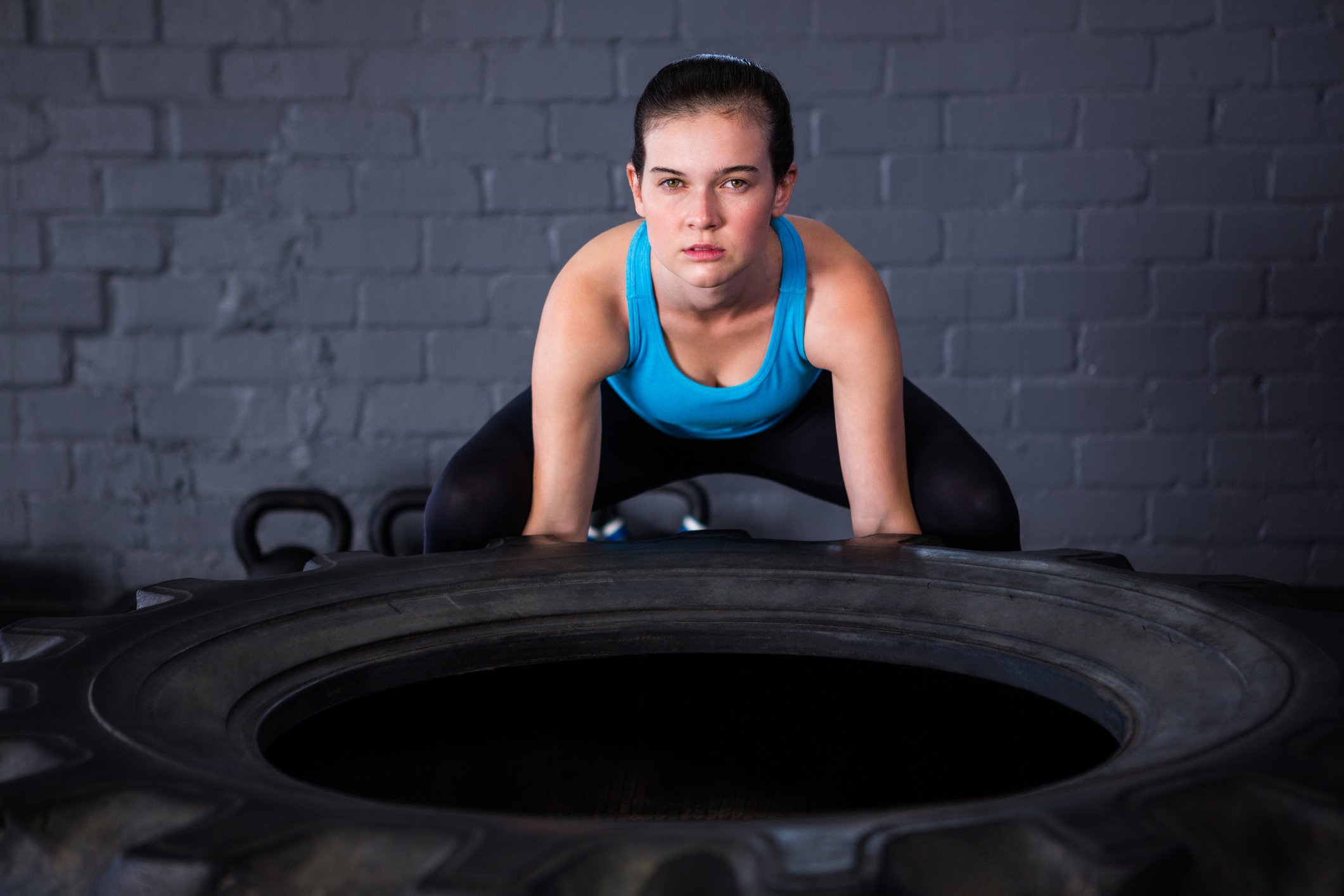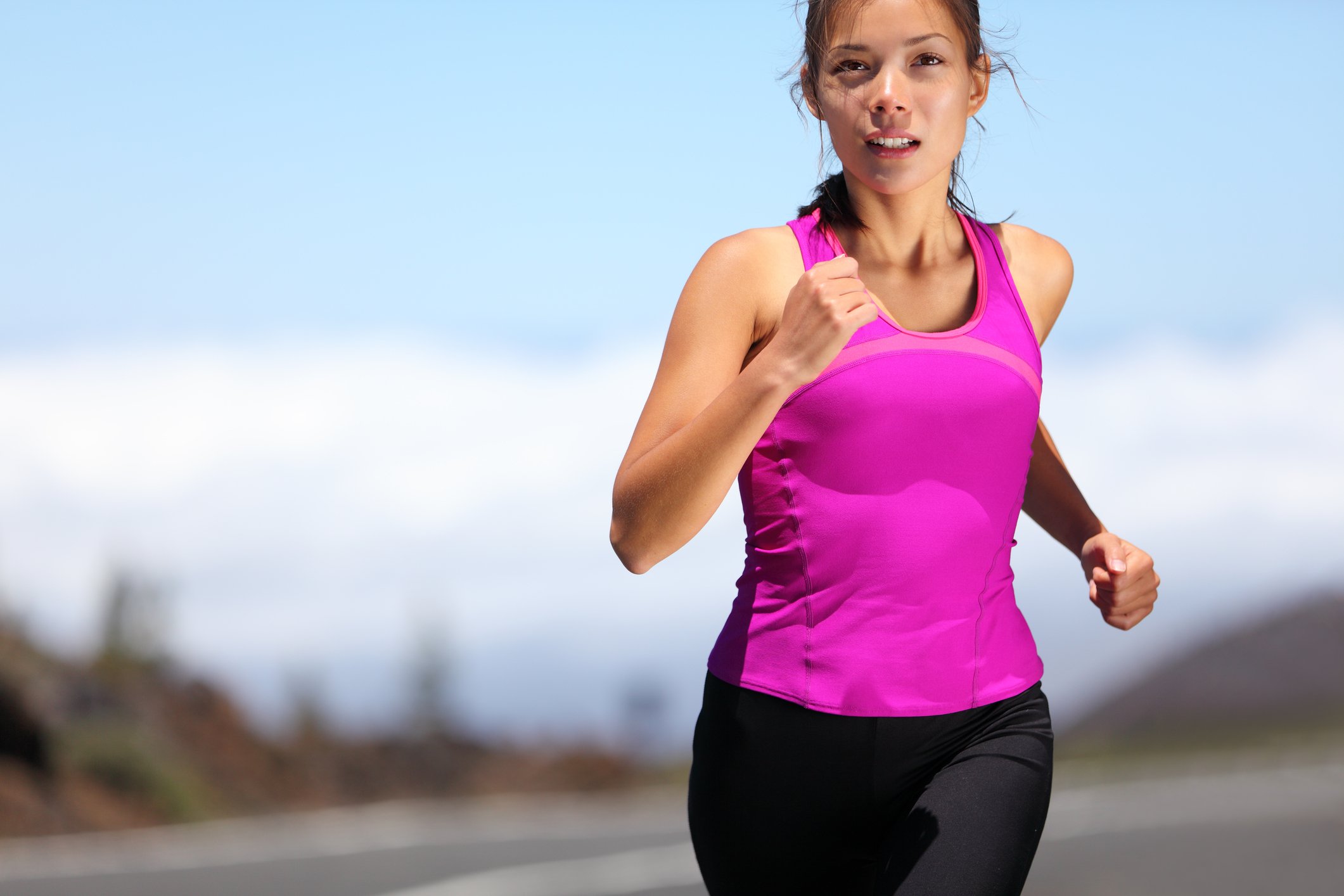The 5 Components of Fitness Explained for Teens
Introduction
Want to get fitter, stronger, or more confident in your body? Understanding the five components of fitness is a great place to start — especially if you're a teen looking to take control of your health.
Whether you're working out at home, training for a sport, or just trying to feel better in your own skin, knowing what "fitness" actually means can help you build smart goals and stay motivated.
In this guide, we’ll break down the five key components of fitness in a way that’s simple, relatable, and perfect for teenagers.
“If I was to develop a drug in the morning, the drug of choice would be exercise. In fact, if I could put the known benefits of exercise in a pill, it would be the most prescribed wonder drug on the planet.”
1. Cardiovascular Endurance
What it is:
Cardiovascular endurance is your body’s ability to keep moving during activities that use your heart and lungs for a long time — like running, swimming, cycling, or playing football.
Why it matters for teens:
Good cardio fitness means you’ll get tired less quickly, recover faster after effort, and even perform better in school (yep, exercise boosts brainpower too!).
Teen life examples:
Keeping up during PE class
Playing 5-a-side without gasping for air
Dancing at a party without needing to sit down
How to improve it:
Start with 20–30 minutes of aerobic activity 3–5 times a week. Try walking briskly, jumping rope, biking, or following YouTube workouts made for teens.
Want more ideas? Read our post on cardio workouts for teens at home
2. Muscular Strength
What it is:
Muscular strength is the amount of force your muscles can produce. It helps you lift, push, pull, and carry things.
Why it matters for teens:
It makes everyday tasks easier, helps prevent injuries, improves posture, and builds confidence — especially during sports or gym sessions.
Teen life examples:
Carrying a heavy school bag without aching
Doing a pull-up in PE class
Lifting weights safely in the gym
How to improve it:
Start with bodyweight exercises like push-ups, squats, and planks. As you get stronger, try resistance bands or light dumbbells.
Important: Focus on good form and safety. Strength training is safe for teens when done correctly — no need to lift super heavy!
3. Muscular Endurance
What it is:
Muscular endurance is how long your muscles can perform a task without getting tired. It’s different from strength — think repetition over intensity.
Why it matters for teens:
It helps you stay active longer, perform better in sports, and reduces your risk of fatigue or injury during physical activity.
Teen life examples:
Holding a plank for 30+ seconds
Doing multiple reps of squats without stopping
Playing a full game of basketball without losing energy
How to improve it:
Do higher reps with lighter weights or bodyweight. Circuit training, HIIT workouts, or sports like rowing or swimming are great choices.
4. Flexibility
What it is:
Flexibility is your ability to move your joints and muscles through their full range of motion.
Why it matters for teens:
It helps with posture, reduces the risk of injury, and can improve how you move — whether you're doing sports, dancing, or just tying your shoes.
Teen life examples:
Sitting comfortably without back stiffness
Reaching your toes during warm-ups
Staying injury-free when doing high kicks or sudden moves
How to improve it:
Stretch regularly after workouts. Try dynamic stretches before activity (like leg swings), and static stretches afterward (like hamstring holds or yoga poses).
Never force a stretch or bounce — flexibility improves over time, not overnight!
5. Body Composition
What it is:
Body composition is the ratio of fat to muscle, bone, and water in your body. It’s not about being “skinny” — it’s about being healthy.
Why it matters for teens:
It gives you a better idea of your fitness than just looking at your weight. Two people can weigh the same but have very different health levels based on their muscle and fat balance.
Teen life examples:
Feeling strong and energised, not just “thin”
Knowing that fitness is about health, not body size
Understanding that muscle is good for metabolism and mood
How to improve it:
Build muscle with strength training, eat balanced meals, and get regular cardio. Avoid crash diets or obsessing over the scale.
Remember: your body is still growing! Focus on healthy habits, not numbers.
Why These 5 Fitness Components Matter Together
Each component plays a role in your overall fitness.
For example:
Strength helps with power
Endurance helps you keep going
Flexibility prevents injuries
Cardio supports your heart
Body composition ties it all together
By working on all five, you become a well-rounded, healthy, and confident version of yourself — no matter your current fitness level.
How Teens Can Improve Their Fitness Starting Today
Pick one component to focus on each week
Add movement into your day: walk, stretch, dance
Join a club or try a new sport
Set small, realistic goals (like 10 push-ups or a 1-minute jog)
Fuel your body with nutritious meals and sleep
Final Thoughts
Fitness isn’t about looking a certain way — it’s about feeling strong, confident, and capable. By understanding the five components of fitness, you can take control of your health in a smart and balanced way.
Start small. Be kind to yourself. Progress comes with consistency — not perfection.
FAQ’s
-
The five components are: cardiovascular endurance, muscular strength, muscular endurance, flexibility, and body composition.
-
Understanding them helps you train smart, avoid injury, and create balanced routines that support your health and confidence.
-
Yes! Many activities (like sports, circuit workouts, or dance) improve multiple components together. But focusing on one at a time can help you build a stronger foundation.
-
Not at all! Bodyweight workouts, home exercises, walking, stretching, and sports can build all five components — no equipment needed.
-
You can feel changes like more energy or strength in just a few weeks with consistent effort. Physical changes (like endurance or composition) take longer, so be patient and stick with it!












